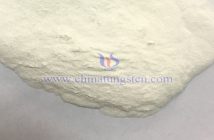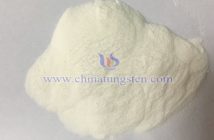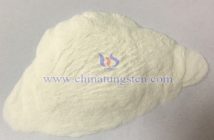Ammonium metatungstate (AMT) produced by CTIA GROUP LTD is a significant tungsten compound that can be prepared using methods such as the neutralization method, tungstic acid method, thermal decomposition method, solvent extraction method, and ion exchange method. It is widely applied in fire-resistant fabrics.
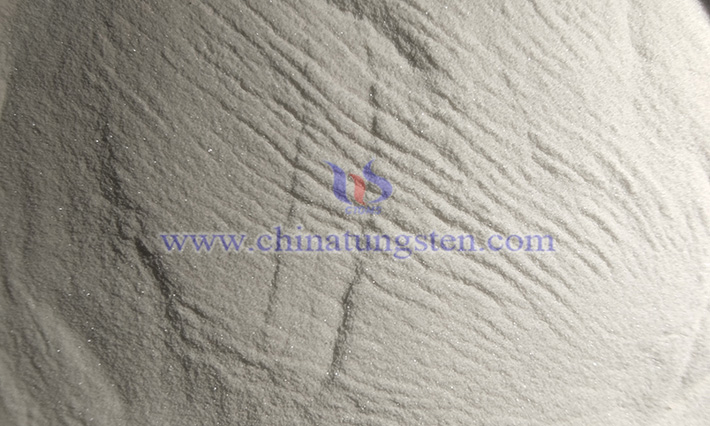
Flame-Retardant Mechanism of AMT in Fire-Resistant Fabrics
The ability of AMT to impart flame-retardant properties to fabrics stems from its unique chemical characteristics and thermal decomposition mechanism. When exposed to high temperatures or open flames, AMT undergoes a decomposition reaction, producing flame-retardant substances such as tungsten oxide. These substances deposit on the fabric surface, forming a dense protective layer. This barrier serves a dual purpose: firstly, it effectively isolates the fabric fibers from oxygen, cutting off the oxygen supply necessary for sustained combustion and thereby suppressing the flame; secondly, it provides excellent thermal insulation, slowing the transfer of heat into deeper layers of the fabric and reducing the likelihood of fiber decomposition or ignition due to high temperatures.
Advantages of AMT in Fire-Resistant Fabrics
High Flame-Retardant Efficiency: Compared to traditional flame retardants, fabrics treated with AMT exhibit superior flame-retardant efficiency. In standard tests (such as vertical burning tests), AMT-treated fabrics demonstrate significantly shorter burning times, with greatly reduced afterflame and smoldering, meeting stringent fire safety standards.
Long-Lasting Durability: AMT bonds tightly with fabric fibers, maintaining stable flame-retardant performance even after multiple washes or mechanical abrasion. This durability ensures the reliability of fire-resistant fabrics over extended use, making it particularly suitable for demanding industrial and public settings.
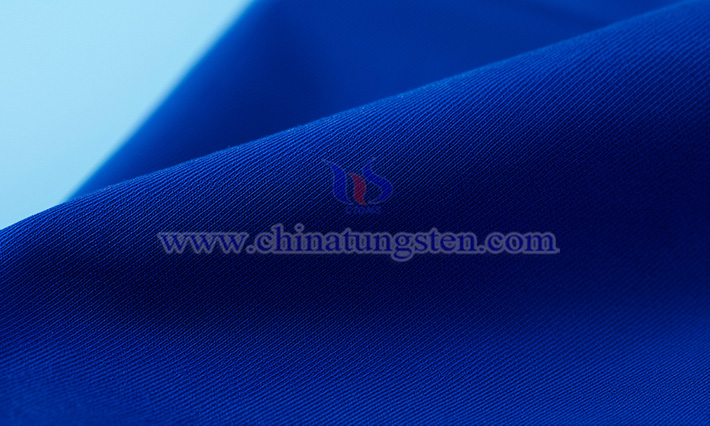
Environmental Friendliness: Unlike some halogen-containing flame retardants, AMT does not release harmful substances during production or use, aligning with modern environmental standards. This eco-friendly property positions it as an ideal choice for sustainable development, promoting the widespread adoption of environmentally friendly fire-resistant fabrics.
Applications of AMT-Treated Fire-Resistant Fabrics
AMT-treated fire-resistant fabrics demonstrate broad applicability across various fields. In the construction industry, they are used in indoor furnishings such as curtains and carpets, as well as protective fabrics for exterior wall insulation systems, effectively reducing the risk of fire spread. In the transportation sector, including airplanes, high-speed trains, and automobiles, interior materials like seat covers and decorative fabrics treated with AMT can slow combustion during a fire, providing critical evacuation time for passengers. In the firefighting field, protective clothing for firefighters made from these fabrics offers reliable protection in high-temperature flame environments. Additionally, in industrial settings, AMT is favored for protective curtains and thermal insulation fabrics due to its excellent flame retardancy and durability.

